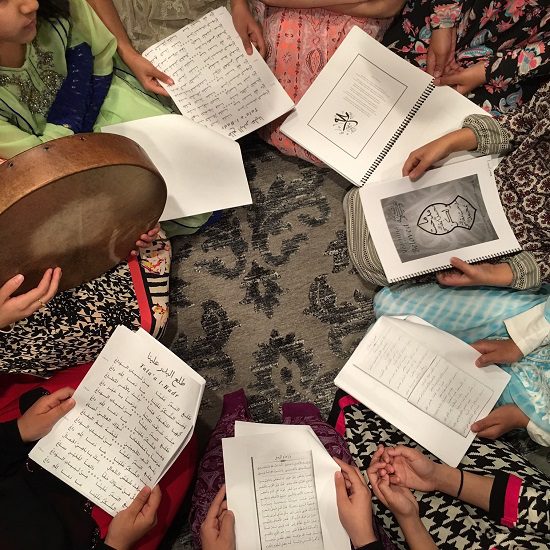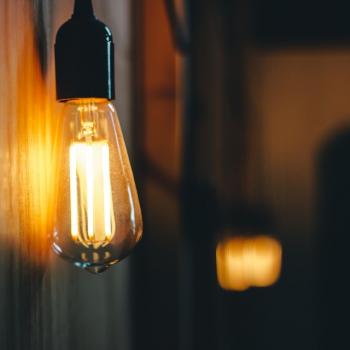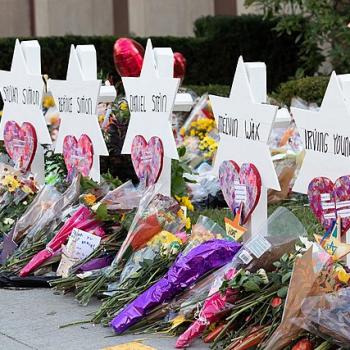 |
|
Get me out of here
|
I remember walking through the gates of the Salinas Valley State Prison, a high-security facility a few hours south of San Francisco, on my way to meet with several Muslim inmates who had requested contact with the local Muslim community. I was accompanied by an experienced imam, Abdul Raouf Nasir of Masjid Waritheen in Oakland, CA, who had reassured us that while we were meeting with men doing hard time, they were dedicated to changing their lives for the better through the Islam he had been teaching them for years. Despite his reassurances, I still wondered to myself what kind of Islam I would find on the insides of those bars. How would the crucible of prison life shape their interpretations? How could Islam could compete with all the ideologies, gang affiliations, and otherwise hard life that is in US prisons today?
This was five years ago, a time before terrorism hit our shores on 9/11, a time before the police and media were searching for links to al-Qaida in every place where Muslims gathered. It was before the arrival of Jose Padilla and Richard Reid (both of whom converted to Islam in prison). It was also long before this week’s probe in Los Angeles into possible Muslim extremist cells operating within the prison system. And while I may not be familiar with how things have changed in prison in the five years since I regularly visited Muslim inmates, I do know that the Islam that I encountered in prison back then was very different than what you read about in the headlines today, which warn of prisons being a veritable al-Qaida training ground conveniently located outside our major cities.
A 2004 US Department of Justice study reveals that 6% of the nations 150,000 federal inmates are Muslim. Most are African-American, and most (around 85%) converted while in prison. At Salinas Valley, I saw a room of people who were at peace with themselves and their situation, who hungered both for more knowledge of Islam and for a connection with the larger Muslim community. Imam Nasir told us that Muslims were considered by prison officials to be the best-behaved inmates, and that others incarcerated with them respected their steadfastness. And for many who convert in prison, Islam is their ticket to a productive life outside the prison walls. For example, Imam Abdul Qadir Al-Amin, who serves the San Francisco Muslim Community Center, emerged from death row to become a husband, father, and community activist who works tirelessly on behalf of inner-city residents.
I attribute the character of the Muslims that I met to the hard work of people like Imam Nasir. These are true professionals who work hard to be positive role models and to help inmates release the anger that imprisons them on the inside. I’ve been priviledged to know others like him as well, such as Imam Bilal Hyde, who serves the Muslims of San Quentin State Prison. In the absence of proper direction, however, a “prison Islam” does emerge that is no different from MS-13 or other groups that feed on violence. Let’s not forget that prison is a rough place, where people go in angry with the world and can come out even angrier. To some, Islam is just another gang and another way to get even with a society that had abandoned them. With the aura of fear that surrounds Islam these days, it’s no wonder that some find groups of Muslim inmates to be the ultimate gang to join.
That is why – in contrast to the conventional wisdom suggesting a crackdown on Islam in the justice system – we need more Islam in prisons, not less. The same Department of Justice study mentioned previously agreed that radicalization of Muslim inmates occured most often when there was no proper Islamic training involved. Therefore, we need more qualified imams, more contact between Muslim inmates and mainstream Muslim communities, and more respect for the positive changes that Islam brings to the lives of prisoners. By all means, let’s make sure that the system for choosing imams is transparent, and let’s all make a commitment to exclude extreme interpretations of Islam. The prison imams I’ve had the pleasure of working with would welcome that. But let’s not demonize an institution that has quietly transformed even hardened criminals into inmates who end up serving their time with dignity and who go on to become productive members of society.
Shahed Amanullah is editor-in-chief of altmuslim.com.











